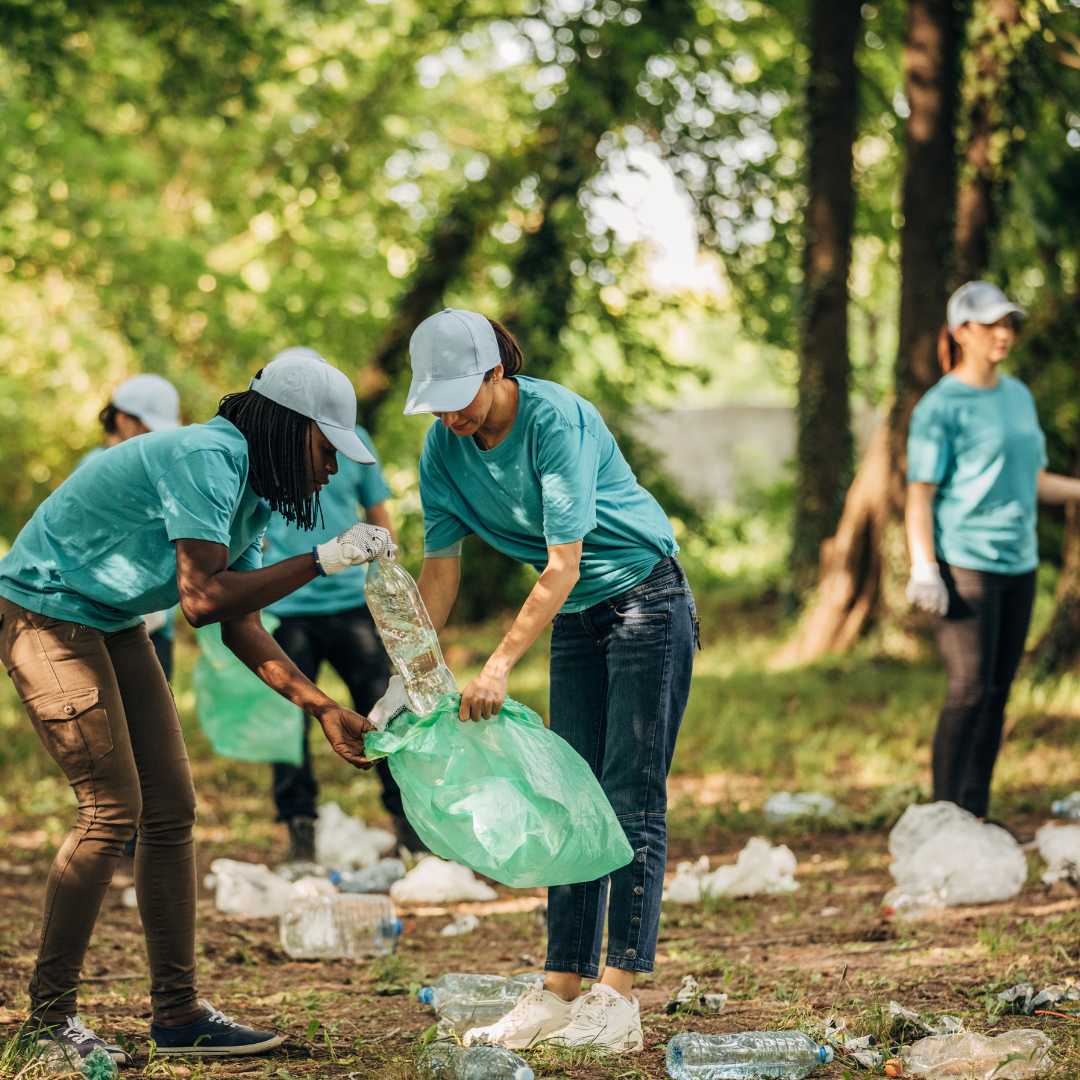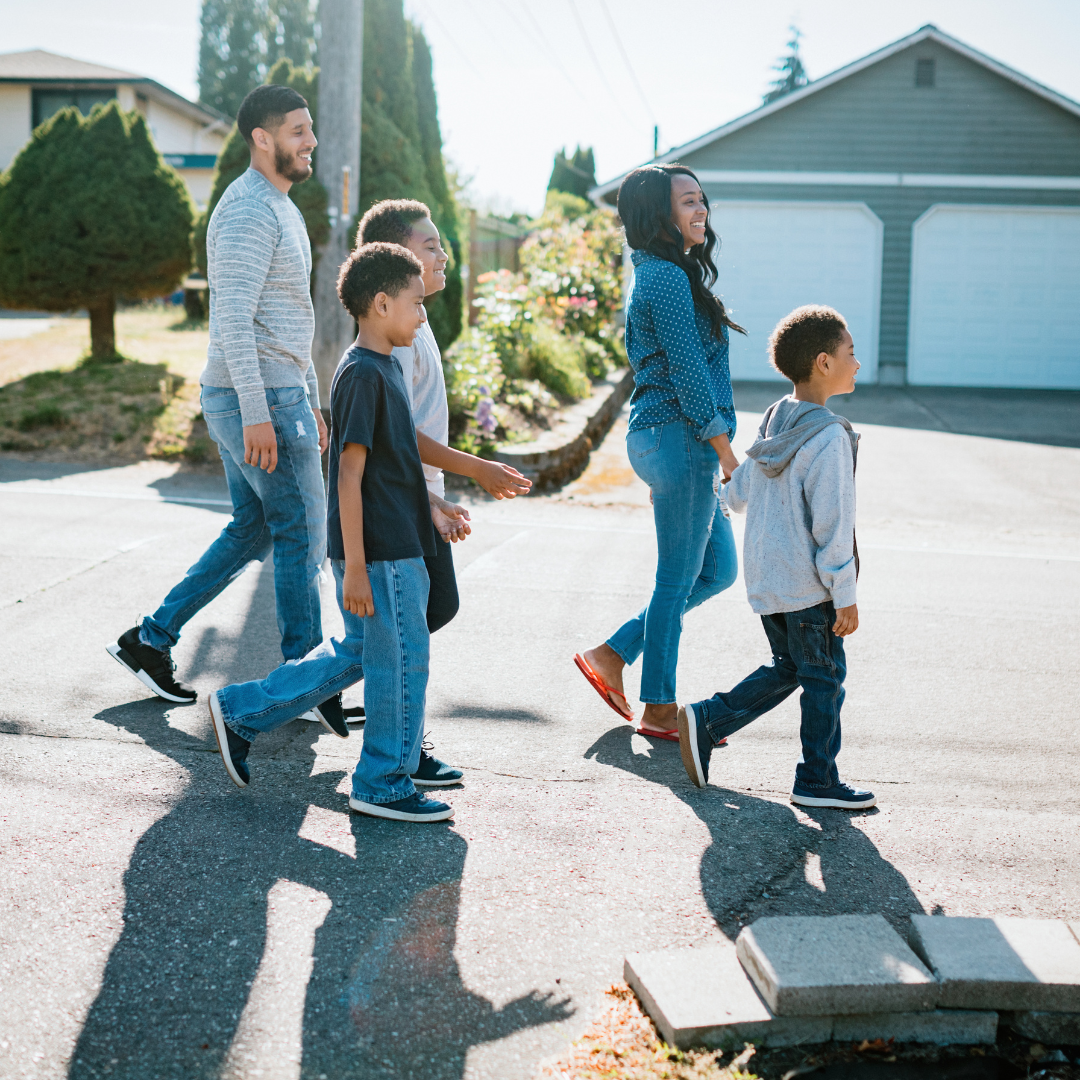Teaching Your Kids To Care For The Environment. Climate change and the destruction of biodiversity continues to be pressing societal issue. We must equip our children with the right skills and attitudes that they’ll need to care for the earth. To help your kids take on these values, there are plenty of ways you can encourage green living using simple everyday activities.
Conserve and recycle
Be sure to set a good example at home, by conserving water and recycling everything possible. Teach your kids to turn off the tap when they brush their teeth and chat with them about the reasons why we recycle. Show them the recycling and food waste boxes, and teach them which materials go in each one. As much as possible, make recycling into a fun game! If your children love video games, there’s a great recycling-themed app by Baby Bus called ‘Waste Sorting’.
Upcycling crafts
As part of your recycling process, put aside a few of your bottles and cardboard items and then plan some art and craft days. Explain to your kids that you are going to use old items to make brand-new things. There are plenty of toys you can create using old bottles; from play jet packs to fairytale castles. There’s plenty you can do with some scissors glue and a little paint. You could also turn old tins into attractive pencil holders with some old wrapping paper and tape to decorate. Crafting is a great hobby for kids to give them a break from the technological world.
Compost together
Teaching your kids about composting is an excellent plan to help them learn about our natural world. Explain to them the process of composting, and let them help you collect suitable items to use. If your kids like worms, why not create a worm composting bin using some red wiggler worms? You can use your compost to grow some tasty vegetables in your garden and go even greener!
Vegetable garden
Growing your own food is just about the most sustainable way to live, and it’s a good idea to teach kids this skill from a young age. Tell your children you’ll need to plant the seeds in a sunny spot and that you’ll need to space out the seeds. Failing to space out seeds can mean overcrowding and make it difficult for the different vegetables to grow. Provide your children with their own special watering cans so they can help you to water the plants and watch them grow.
Green gifts
When you are buying gifts for your children, choose green-gifts where you can. Doing so will help you to set the right example. Instead of always choosing material items, opt for experiences instead. Trips to the forest or the beach, the museum, or the theater can serve as wonderful gifts for children. (We all know that many toys have a short life span, and so contribute to waste fairly quickly)!
Lastly, get yourself and your kids some bikes and use this mode of transport as much as you can. Biking is great exercise, allowing you to explore the outdoors but most importantly, biking reduces your carbon footprint.












